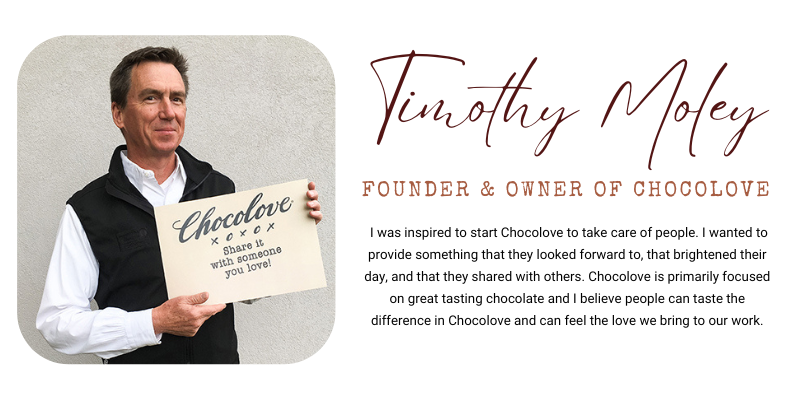In an effort to inform our customers, we have written a review of the recent Consumer Reports article on chocolate. It is our conclusion that any writing on the issue of heavy metals in chocolate must be backed by actual standards set specifically for chocolate; the CR article is not.
We think writers and editors have a responsibility to inform and not misuse their role with intentional misinformation. It is our assertion that Consumer Reports had the ability to write a balanced and informative article but made several choices to not do so. In our review, we point out how CR made an extra effort to intentionally misinform the reader.
Our review also provides clear information about the pervasive nature of minerals and elements in most foods we eat. While CR seems to create a narrative that has intent to exaggerate and alarm, we want to make it clear that we are in a long and continual process of improving quality and maintaining high standards.
Chocolove chocolate complies with the most stringent standards set in the US: the CA Prop 65 standards. Simply put, Chocolove chocolate is safe to enjoy daily.
The link to the abridged version of our review of the CR article is here.
If you would like to read further on this issue, we have also created a 5-page detailed analysis of the Consumer Reports article as well as an explanation of minerals and elements in food and chocolate.

